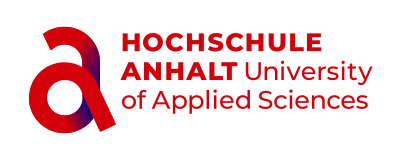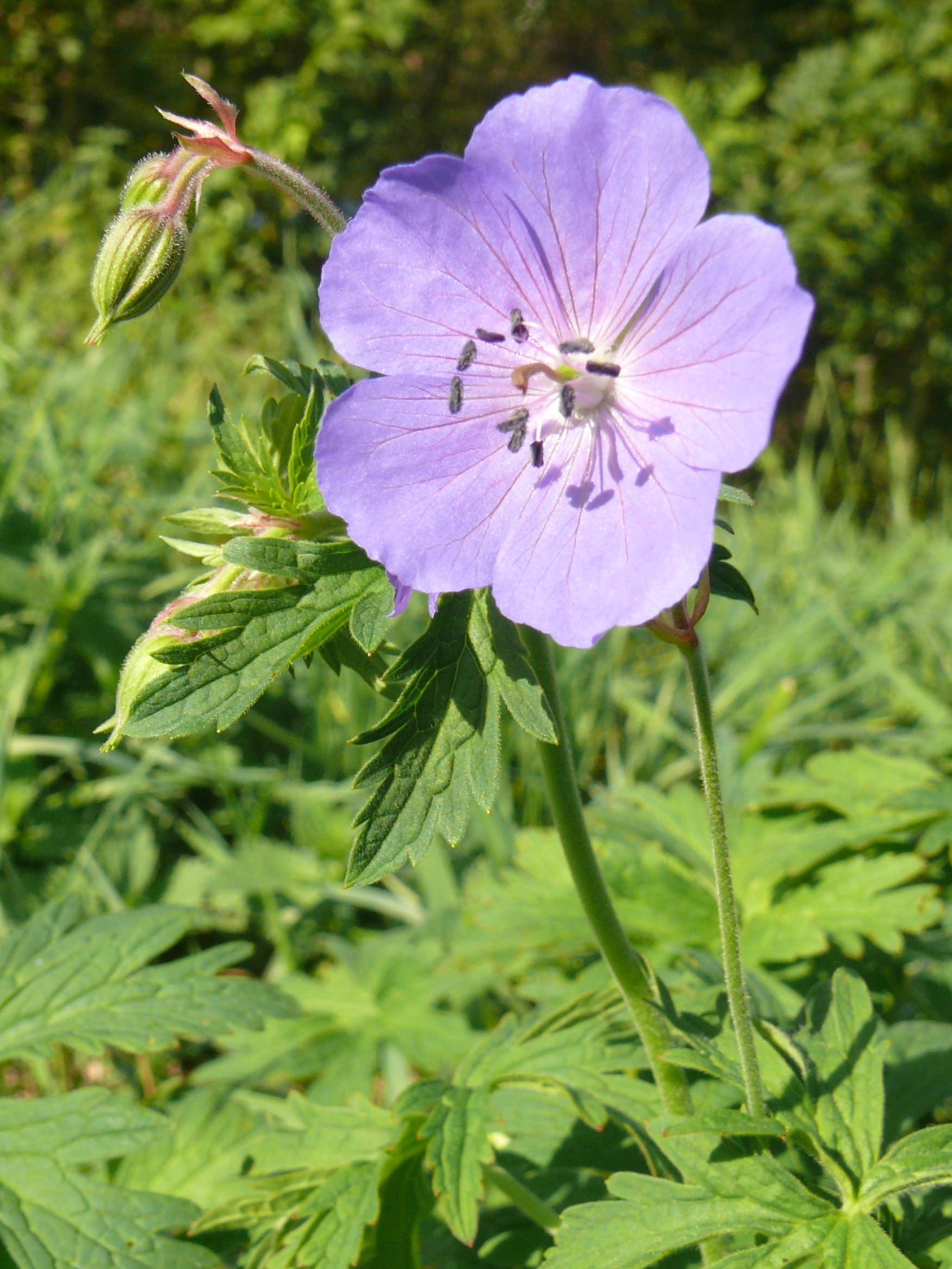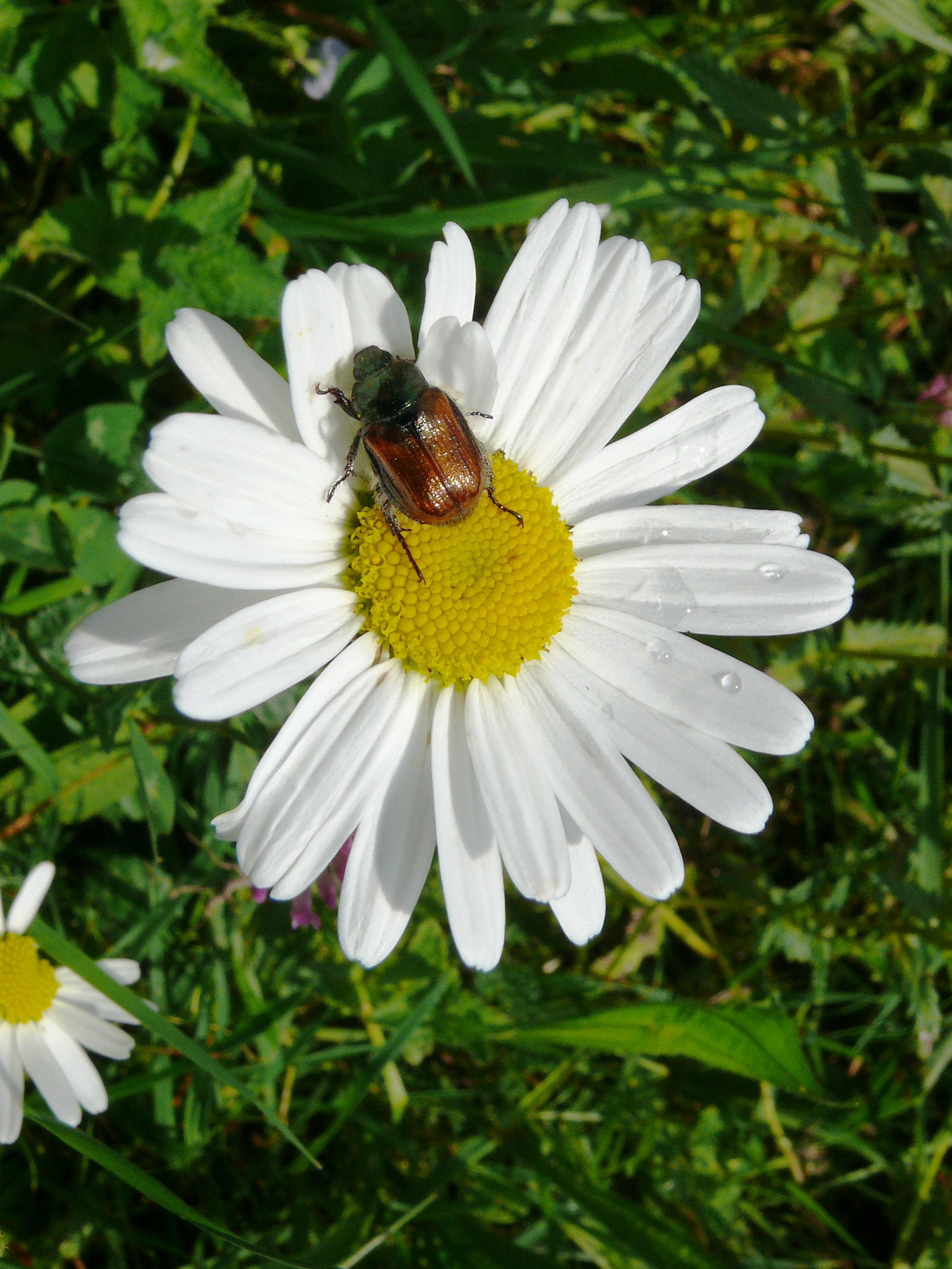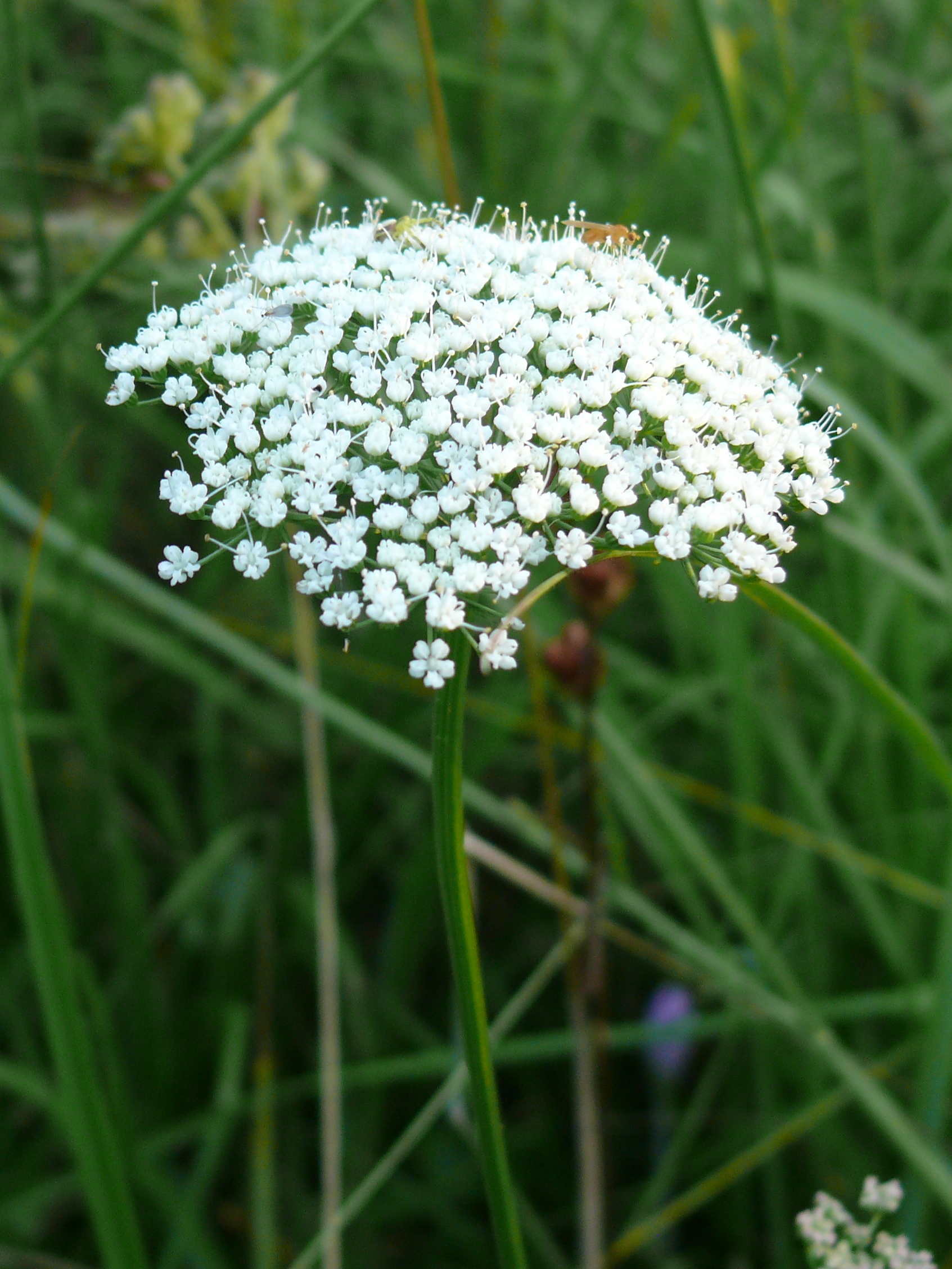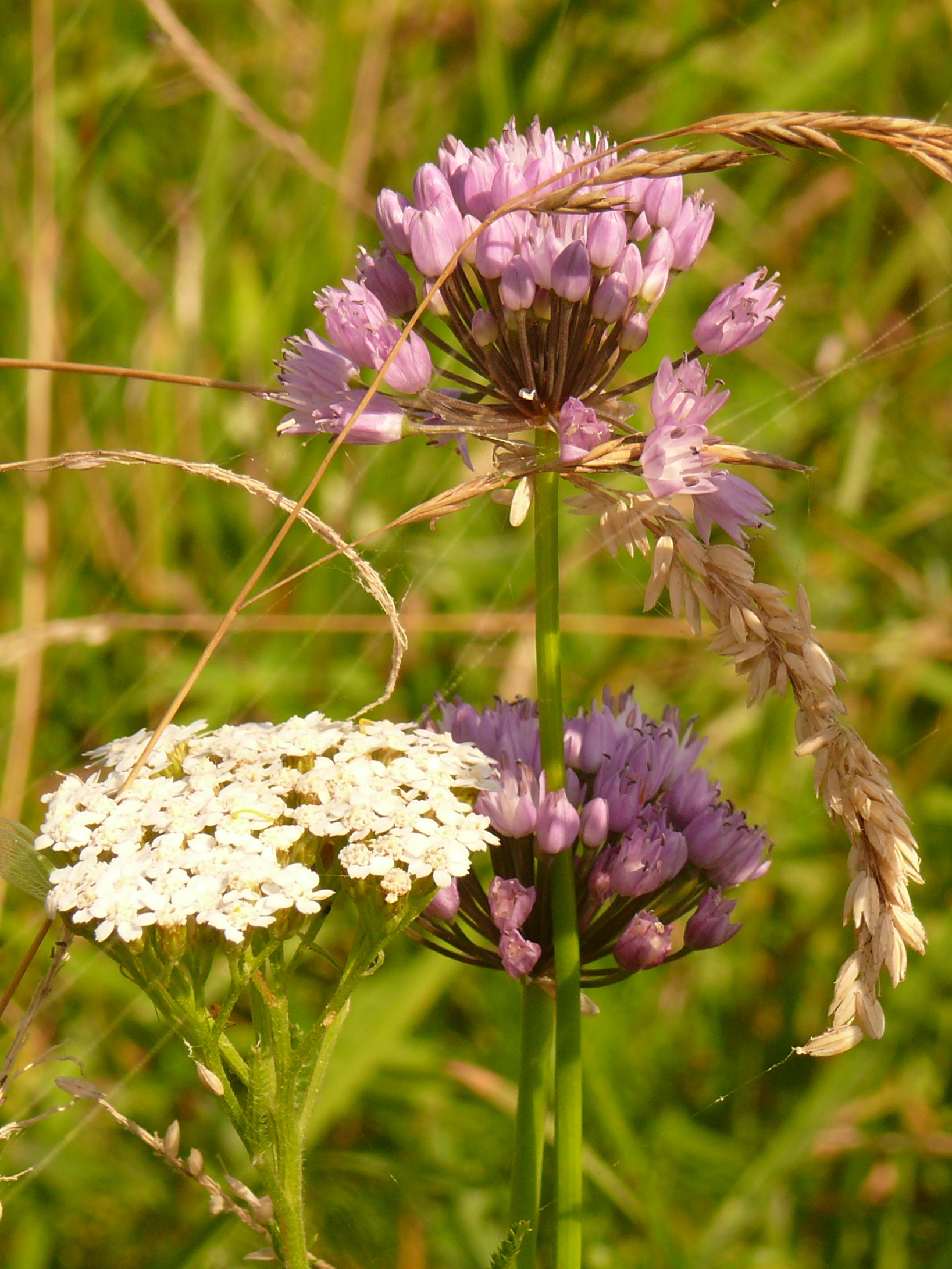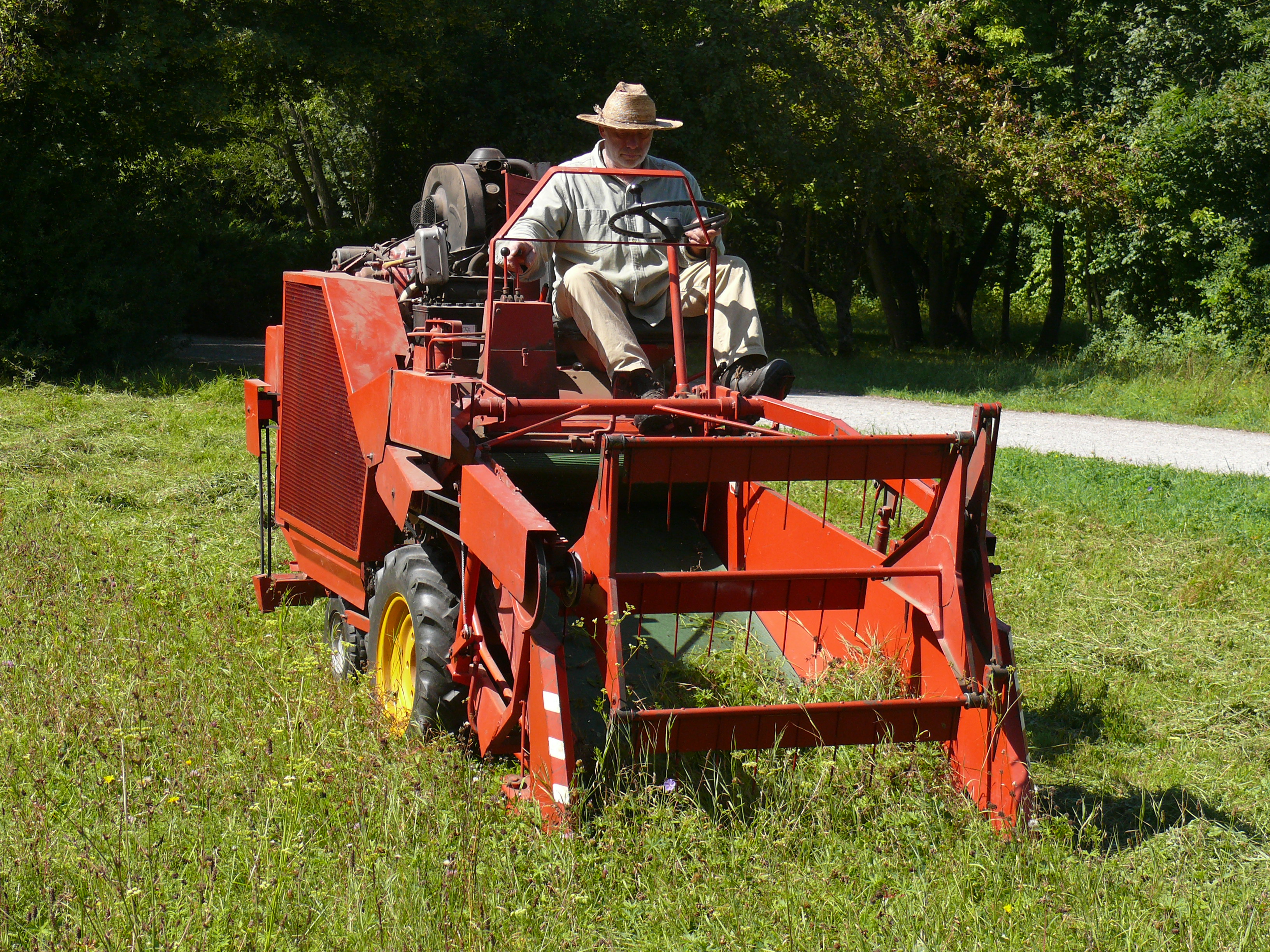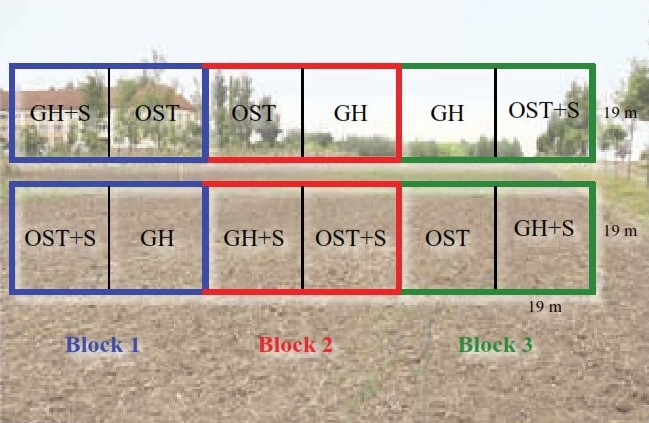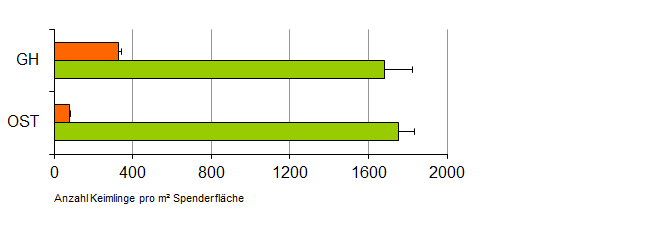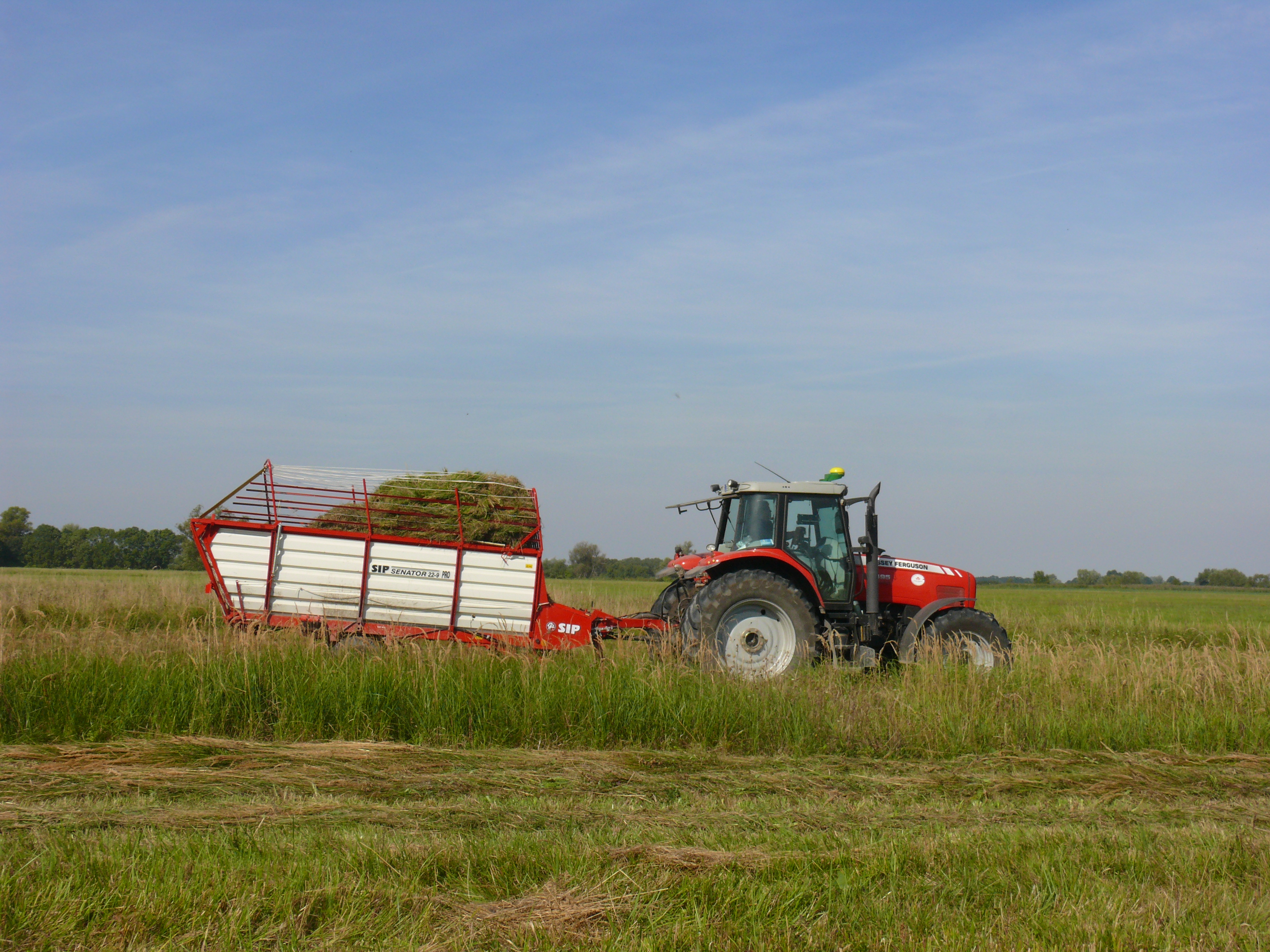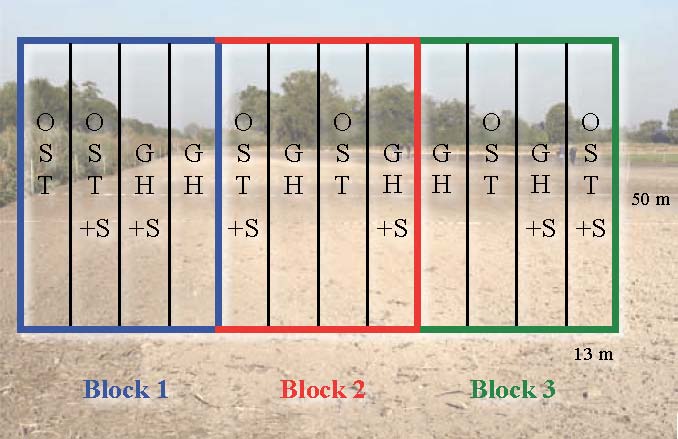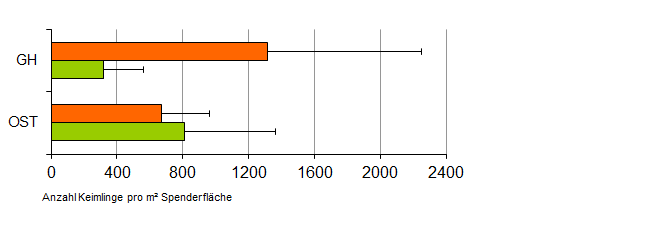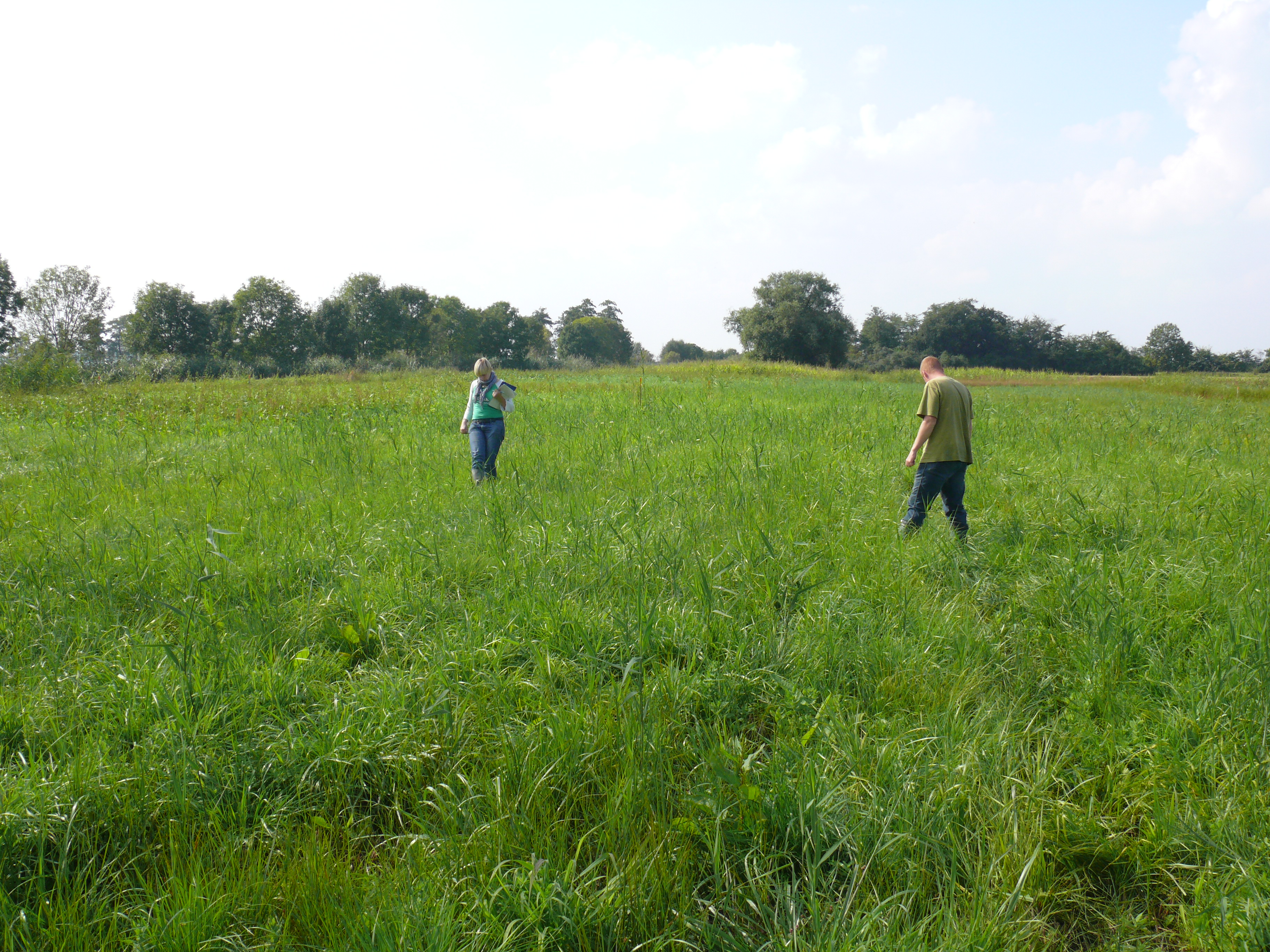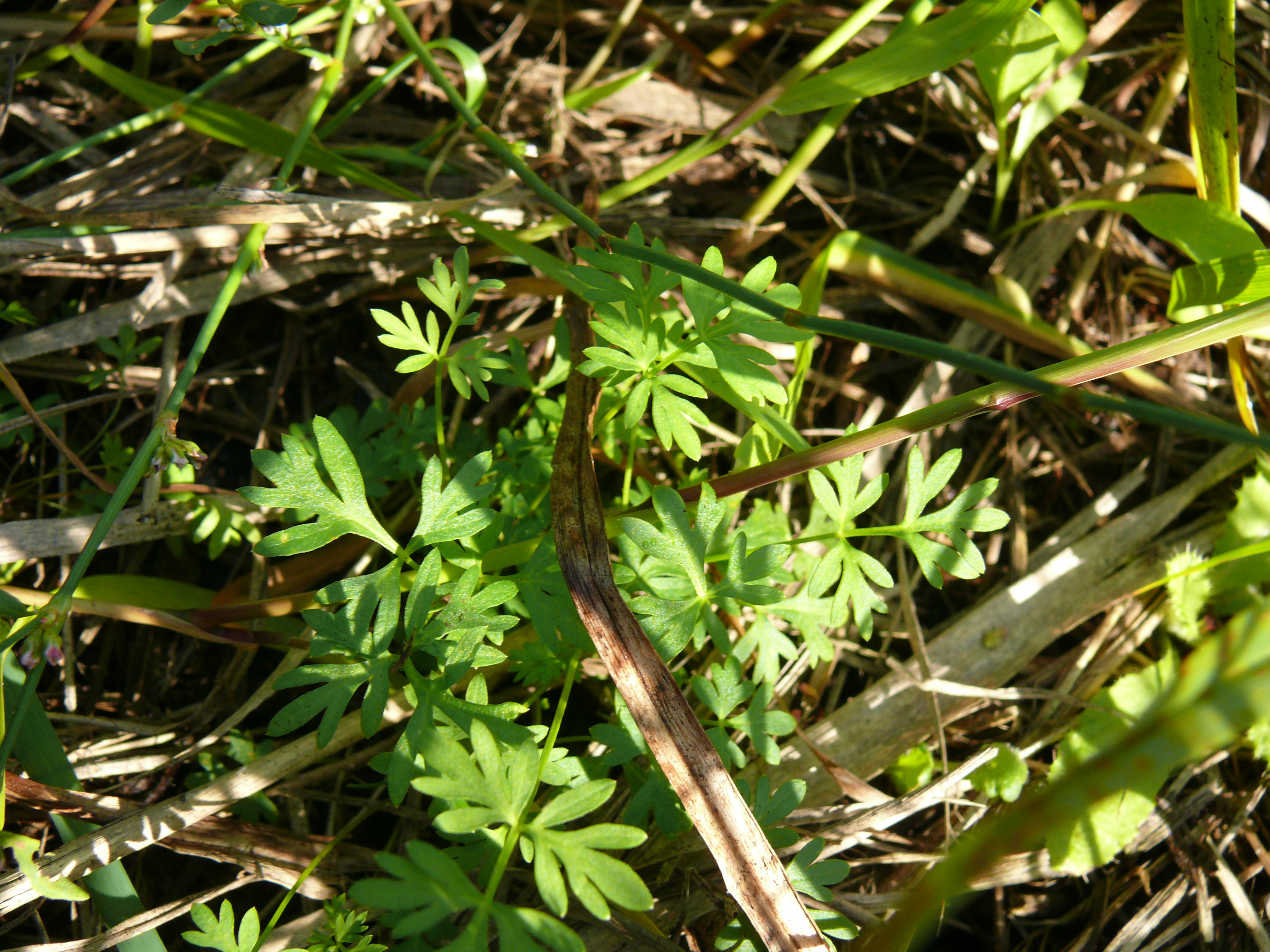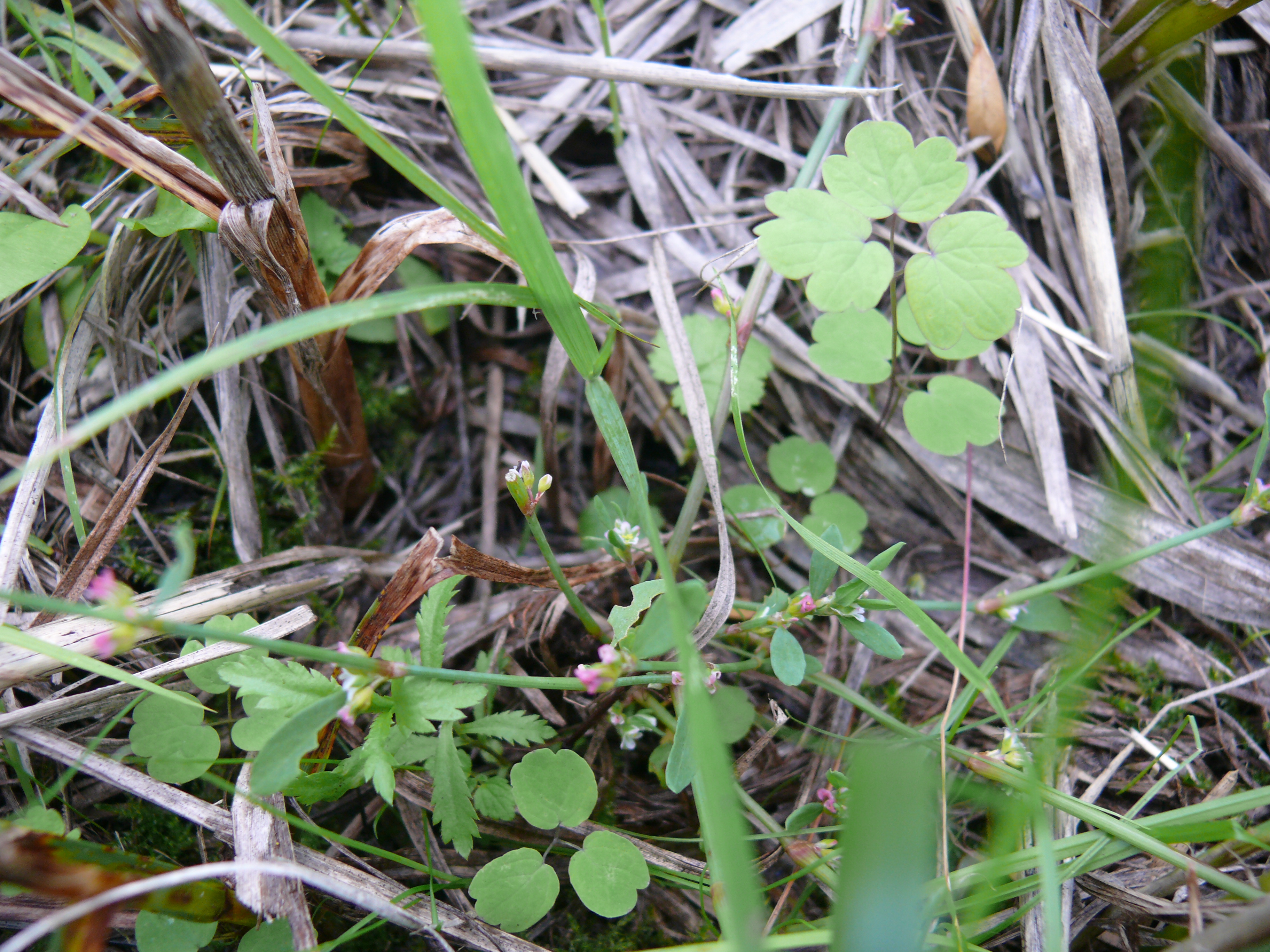Background
Background
In Central Europe, species-rich grasslands are highly endangered by landuse intensification and abandonment. The protection of genuine, natural grasslands containing regional sub-species and ecotypes in region-specific compositions is a top priority in nature conservation. But nature conservation management is expensive. Therefore, it is necessary to acknowledge not only the high ecological and aesthetic values of these sites but also their economical value as donor sites for valuable seed mixtures. Directly harvested seed mixtures can be used for restoration and re-vegetation measures thus contributing directly to the preservation and development of biological diversity in the concerned region.
Within the SALVERE project, 17 large-scale trials were realised in six countries (Austria, Czech Republic, Germany, Italy, Poland, Slovakia) during summer 2009. The seed mixtures were harvested in species-rich donor communities (Arrhenatherion, Bromion, Deschampsion, Molinion) via mowing, threshing, and brushing. In some variants, additional species with seeds of regional propagation and provenance were sown to supplement missing or not fruiting species. These 17 trials are used as demonstration sites to convince practitioners, planners and officials from administrative bodies about the advantages of these methods. Two trials were established in Saxony-Anhalt: an Arrhenatherion grassland on the Strenzfeld Campus and a Deschampsion grassland in the Wulfener Bruch area.
Typical target species of species-rich mesic grassland: Geranium pratense (Photo: Anita Kirmer) and... 
...Leucanthemum vulgare. (Photo: Anita Kirmer) 
Typical target species of floodplain grassland: Cnidium dubium (Photo: Anita Kirmer) and... 
...Allium angulosum. (Photo: Anita Kirmer) Project goals
Project goals
The main goal of the project was the development of effective harvesting methods for directly harvested seed mixtures in species-rich grasslands and the optimization of near-natural restoration methods in the re-vegetation of species-rich grasslands on former arable land, raw soils (e.g. after mining, road construction, ski slopes), and in the restoration of degraded grasslands. The quality and quantity of harvested seed mixtures was documented in several laboratory and greenhouse experiments.
Case study 1 – Establishment of a mesic grassland
Case study 1 – Establishment of a mesic grassland
The Rößewiese – a landscape park within the city of Bernburg – is one of a few natural Arrhenatherion communities in the whole region with an almost complete species composition typical for this vegetation type. In 2009, 66 target species from a total of 84 higher plants were recorded. Seed-rich material was directly harvested via mowing and on-site threshing at the end of August 2009. The receptor site is an arable field on the Strenzfeld Campus. The nutrient level of the receptor site was lowered over a two year period by crop cultivation without fertilization thus decreasing the P-level to 4.1 mg per 100 g soil (±2). The P-level of the donor site is 2.7 mg per 100 g soil (±2). The harvested seed-rich material was applied on 2800 m² in four variants:
GH: green hay (c. 670 g dry weight per m²)
GH+S: green hay (see GH) with additional sowing (1,5 g/m²) of 37 local species from regional propagation
OST: on-site threshing material (c. 15 g/m², not cleaned)
OST+S: on-site threshing material (see OST) with additional sowing (1,5 g/m²) of 37 local species (see GH+S)
On-site threshing with small thresher, 24/8/2009. (Photo: Anita Kirmer) 
Campus Strenzfeld trial, complete block design. (Photo: Anita Kirmer) Results
Results
In greenhouse experiments, 56 plant species (= 67 %) were found in GH and 53 in OST (= 63 %). The Figure shows how many individuals germinated between 3/3/2010 and 23/8/2010, calculated for the amount harvested on 1 m2 of the donor site.
On the receptor site, 67 target species out of 136 higher plant species were recorded in September 2010. The transfer rate for GH amounts to 68 % and to 50 % for OST. From additionally sown species, 81 % established. The table shows the breakdown of species numbers per variant, distinguished in target and non-target species in September 2010.Further results are published in Kirmer & Tischew (2014).

Average species number (N) and coverage (D), 6/2011 (GH = green hay, OST = on-site threshing, +S = additional sowing of native target species from regional propagation). 
Germination experiment in greenhouse (target species: green, non-target species: orange). Case study 2 – Establishment of a floodplain meadow
Case study 2 – Establishment of a floodplain meadow
Situated in the Köthen district, the Wulfener Bruch is part of the UNESCO biosphere reserve “Mittelelbe”. Lowering of the groundwater table, landuse intensification and cultivation led to a continuous degradation of the floodplain meadows within the 800 ha area. On a Deschampsion community, regularly mown once in summer, 68 target species of floodplain meadows out of 123 higher plant species were recorded in 2009. In September 2009, seed-rich material was directly harvested on this grassland via mowing and on-site threshing. The receptor site was a former arable field that was cultivated with maize without fertilization in spring 2009 to lower the nutrient content. However, the average P-level of the receptor site was 8.6 mg per 100 g soil (±2.9) whereas the donor site has an average P-level of 0.9 mg per 100 g soil (±0.4). The harvested seed-rich material was applied on 7800 m2 in four variants:
GH: green hay (c. 1700 g dry weight per m²)
GH+S: green hay (see GH) with additional sowing (0,8 g/m²) of 17 species from regional propagation
OST: on-site threshing material (c. 20 g/m², not cleaned)
OST+S: on-site threshing material (see OST) with sowing (0,8 g/m²) of 17 species (see GH+S)
Harvest of Green Hay with loader wagon, 18/9/2009. (Photo: Anita Kirmer) 
Wulfener Bruch trial, complete block design. (Photo: Anita Kirmer) Results
Results
In greenhouse experiments, 46 plant species (= 38 %) were found in GH and 54 (= 45 %) in OST. The Figure shows the number of individuals which germinated between 3/3/2010 and 23/8/2010, calculated for the amount harvested on 1 m2 of the donor site.
On the receptor site, 49 target species out of 120 higher plant species were recorded until September 2010. The transfer rate for GH amounts to 55 % and to 50 % for OST. From additionally sown species, 65 % established. The table shows the breakdown of species numbers per variant, distinguished in target and non-target species in September 2010.
Average species number (A) and coverage (D), 9/2011 (GH = green hay, OST = on-site threshing, +S = additional sowing of native target species from regional propagation). 
Germination experiment in greenhouse (target species: green, non-target species: orange). What are the next steps?
What are the next steps?
For the Strenzfeld Campus trial, nutrient depletion during two years of site preparation led to a nutrient level appropriate for mesic grasslands. In the first year of development, the sites were mown twice, in June and October 2010, with a small lawn tractor with trap basket allowing an immediate removal of cuttings. Since 2011, the site was mown in June and grazed by sheep in September.
In the Wulfener Bruch trial, the nutrient level is still too high for floodplain meadows. Consequently, in the following years, mowing with removal of biomass should take place twice a year to continue soil depletion and decrease nitrophilous plant species (e.g. Urtica dioica). In general, the amount of herbaceaous species only reached an average of 17 % (±13) of total coverage in September 2010. Especially Holcus lanatus, Festuca arundinacea, Festuca pratensis, Alopecurus pratensis, and Dactylis glomerata built dense swards thus hampering the development of target species. Similar to observations in other projects, we expect that regular mowing of the sites will cause a steady increase in abundance of target species during the next years. Since Spring 2013, a year-round grazing regime with Konik horses and Heck cattle was installed, but caused by the catastrophic flooding event in July 2013, grazing was interrupted for at least half a year.
For both demonstration trials, data collection will continue during the next few years to monitor the course and direction of vegetation development, and document restoration success.
Experiences from the SALVERE project will be implemented into a practical handbook for seed harvest and ecological restoration of species-rich grasslands that will be published in English and German end of the year 2011.
Versuchsfläche Wulfener Bruch, 16.9.2010. (Foto: Anita Kirmer) 
Brenndolde. (Foto: Anita Kirmer) 
Gelbe Wiesenraute und Sumpfschafgarbe. (Foto: Anita Kirmer)
Project leader Anhalt University: Prof. Dr. Sabine Tischew
Researchers: Dr. Anita Kirmer, Dipl.-Ing. (FH) Sandra Mann, M. Sc. Katja Eis, Dipl.-Ing. Matthias Stolle
Funding: INTERREG CENTRAL Europe Programm & Hochschule Anhalt
Project partners: Italy: University of Padova, Department of Environmental Agronomy and Crop Production (Prof. Dr. Michele Scotton, lead partner); Austria: Research and Education Centre for Agriculture Raumberg–Gumpenstein (Dr. Bernhard Krautzer) & Kärntner Saatbau GmbH (Christian Tamegger); Czech Republic: OSEVA PRO Ltd, Grassland Research Station (Dr. Magdalena Sevcíková); Germany: Rieger-Hofmann GmbH (Ernst Rieger); Slovakia: Agricultural Research Centre (Miriam Kizeková); Poland: Poznan University (Prof. Dr. Piotr Golinski)
Website: www.salvereproject.eu

